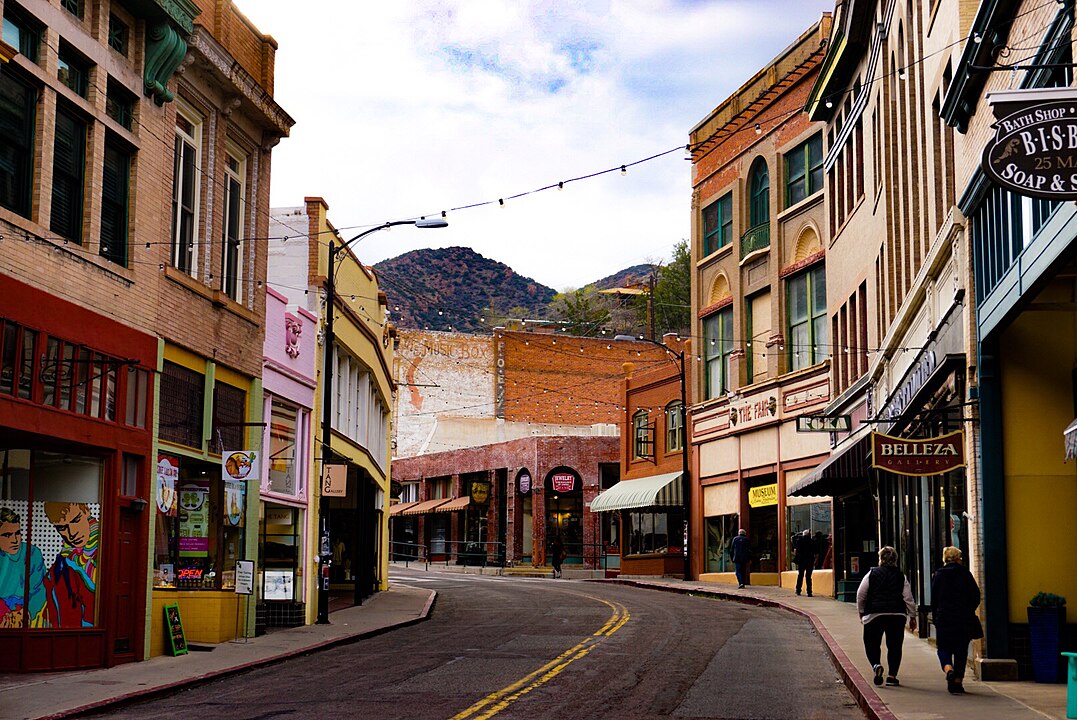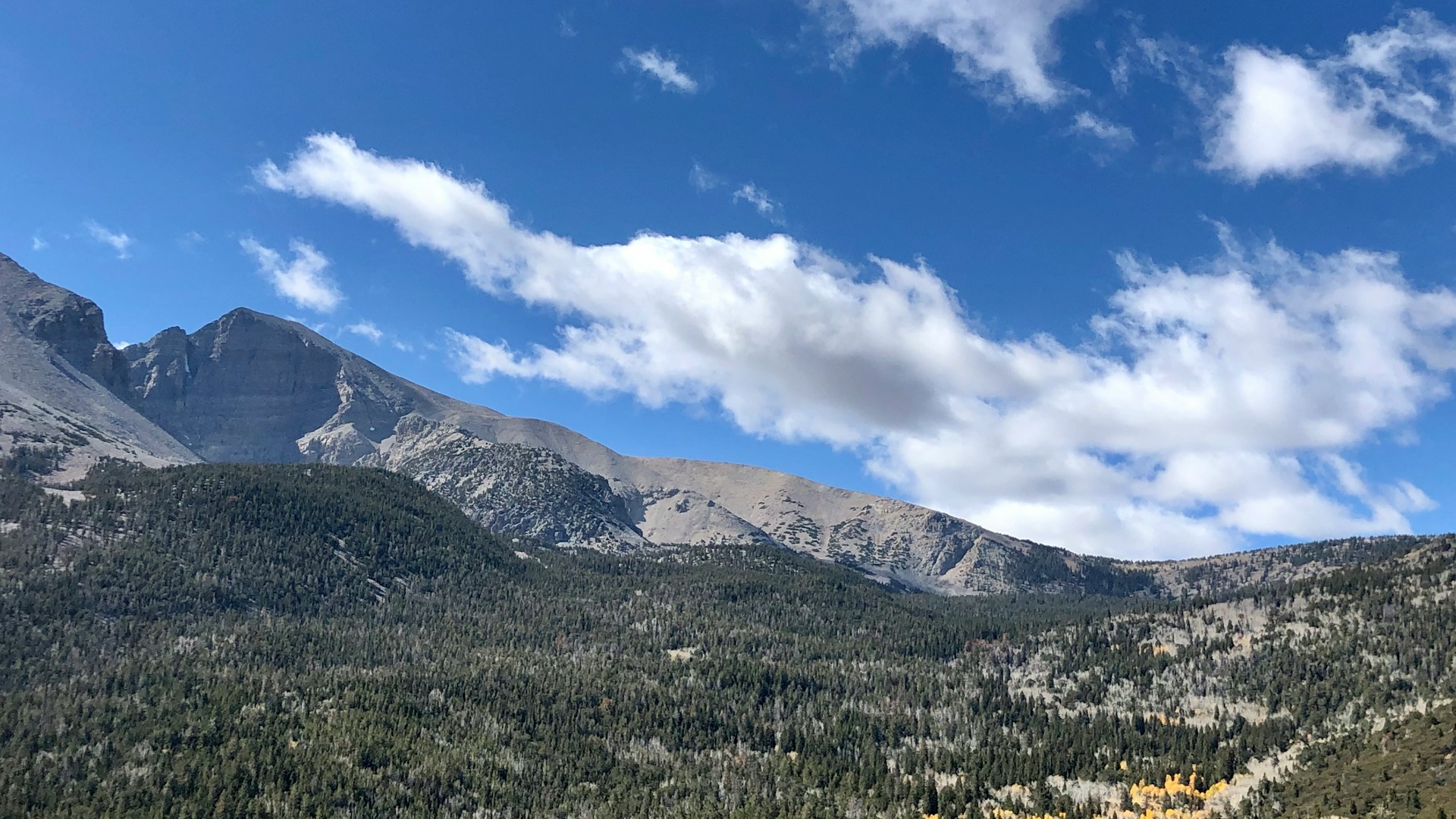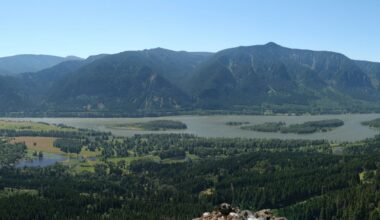California convinces people they’ve seen it all. Ocean light, mountain air, and a bill for both. Arizona answers with a different pitch: bigger skies, simpler math, and room to breathe. On paper, the swap looks clean. Keep West Coast sun, drop a few zeros from housing, and trade fog for crimson sunsets that arrive like clockwork. That’s part of the truth. The rest sits in the fine print
Here’s the thing. Arizona meets you with hospitality and heat, policy and pragmatism. The tax code is flatter, the streets wider, the HOA rules more literal than you expect. Water is managed like a scarce asset because it is. Commutes feel simple until July turns your steering wheel into a griddle. If you’re coming east on I-10 with a packed trunk and open mind, take this as a welcome and a reality check in one.
The Welcome Mat, HonestlySpeak
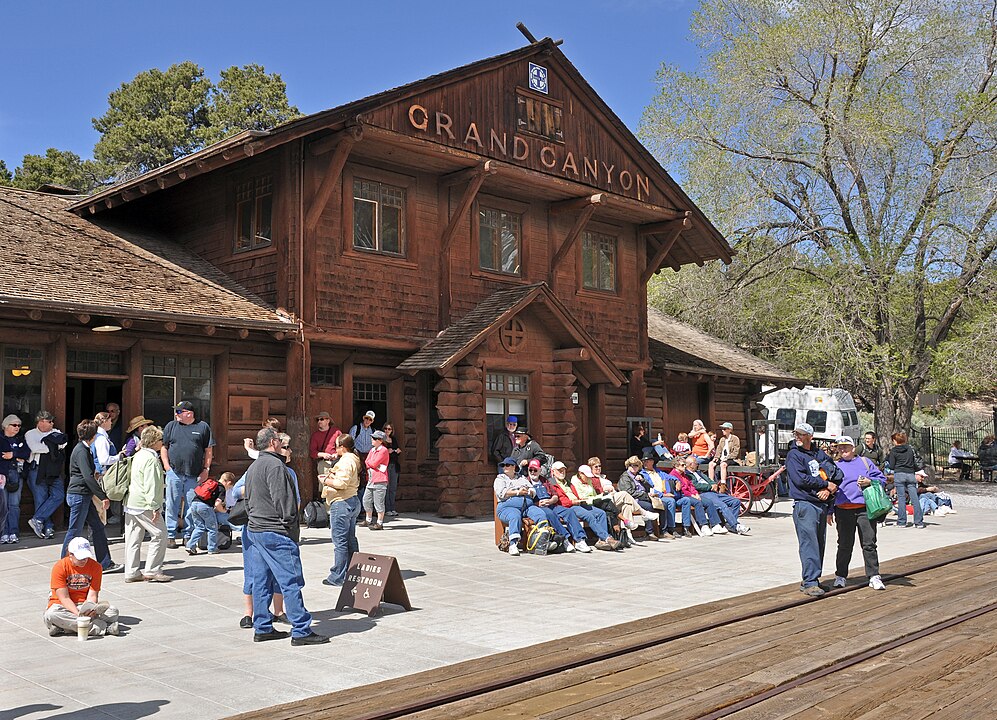
Arizona is not a cheaper California, it’s its own proposition. Costs tilt friendlier at first glance, especially housing and taxes, but the middle of life matters too. Utilities, insurance, and car expenses rise with the sun, and summer changes daily habits. Adjust expectations, not just your address, and you’ll land cleaner.
The upside is real. You’ll find modern suburbs that move fast, desert towns that move slow, and a wide zone between them. People ask where you came from, then point you to a taco truck, a trailhead, or a PTA sign up. If you contribute, you’re in.
Taxes And Daily Costs Read The Fine Print
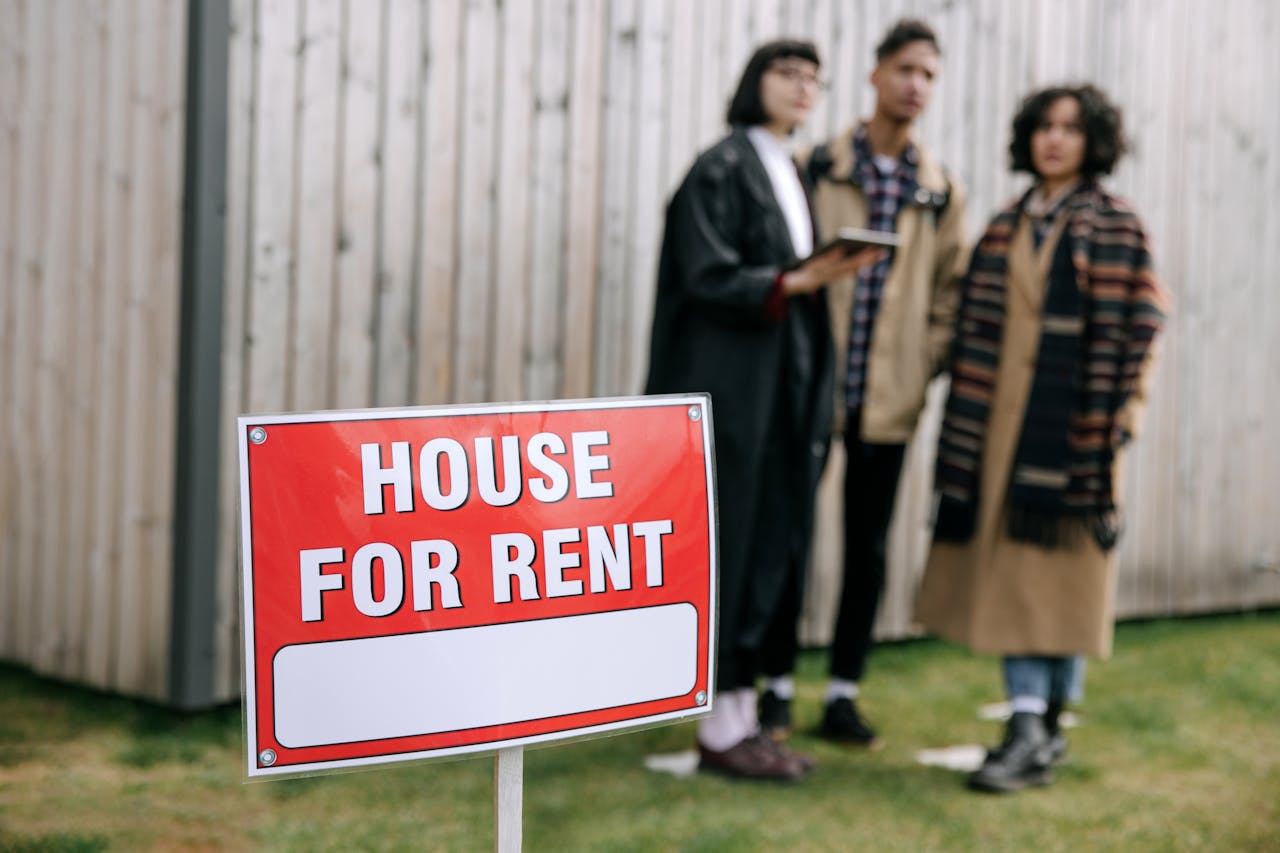
Arizona’s flat income tax makes paychecks more predictable. For many movers it feels like a raise without a negotiation. Sales taxes vary by city and can stack higher than expected on big purchases. Plan before you splurge and avoid surprises.
Housing is where the gap opens. Rents and mortgages often undercut coastal California by a margin you feel each month. That cushion helps you breathe in year one and invest in year two.
Shorter note. Utilities climb in summer. Air conditioning isn’t optional and the meter proves it. Budget with July and August in mind.
Shorter note. Cars are part of the deal. Insurance, registration, tires, and shade matter. You’ll drive more often, just with less drama.
Weather You Live With Not Around
Summer is long, bright, and serious. Triple digit days stack quickly, nights stay warm, and the sun demands respect. You’ll adjust schedules, keep water in the car, and learn the difference between 104 and 112 the way sailors read wind.
Monsoon bursts flip the script. Fast storms, dust walls, and lightning turn the sky cinematic. Streets can flood, trails close, and errands shift by hours. It’s manageable with timing and common sense, and locals will tell you how they do it.
Water Reality Check

Arizona treats water like a portfolio. The Colorado River runs leaner than it used to and the state manages shortage through tiered cuts and long agreements. Cities, farmers, and utilities adjust supply constantly. New arrivals don’t feel panic, they feel policy.
Shorter note. Lawns are a statement. Xeriscape isn’t a trend here, it’s the default that lowers bills and stress.
Shorter note. Pools are common but not casual. Evaporation costs, shade helps, and covers are smart. Plan maintenance before you dive in.
If you want to be part of the solution, start small. Choose native plants, fix leaks fast, upgrade irrigation timers, and follow city guidance during peak heat. Stewardship isn’t optional, it’s how water stays reliable.
Housing HOAs And How Neighborhoods Work
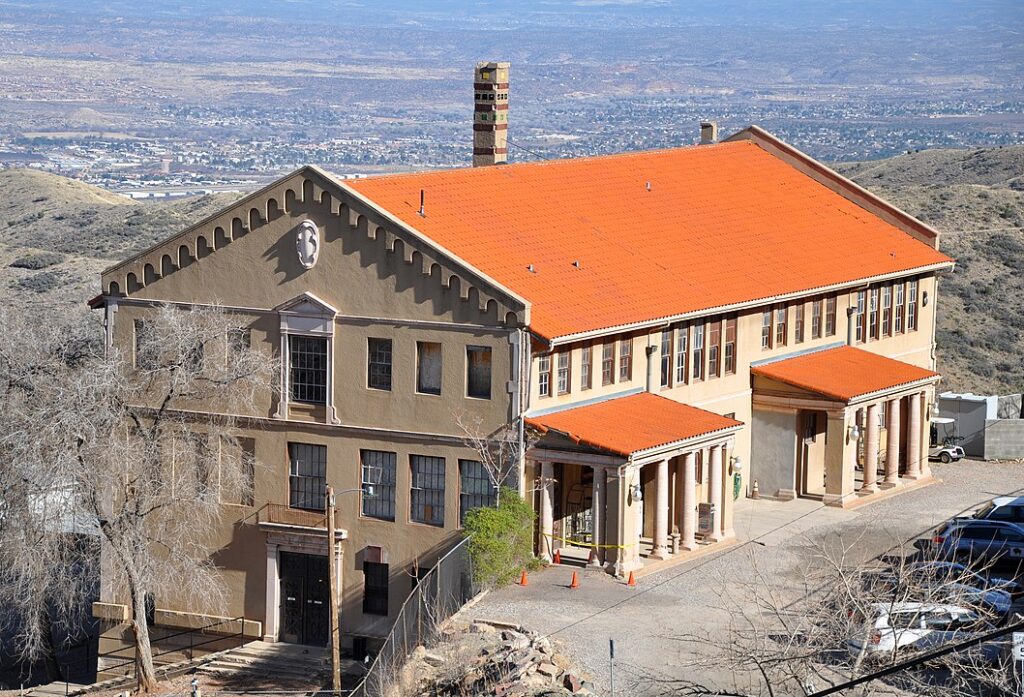
Master planned communities are everywhere. You’ll see new roofs, clean parks, and HOA guidelines that keep the picture tidy. Read them. They touch paint colors, parking, landscaping, and solar placement. If you like order you’ll love it. If you dislike rules, aim for older neighborhoods or smaller towns.
Desert smart design wins. Deep eaves, block walls, window film, and well placed shade trees keep homes livable when the sun leans close. North south orientation helps. So do ceiling fans in every room.
Work Commute And Car Culture
Commuting here is a map problem, not a chess match. Freeways are wide, signs are clear, and rush hour feels shorter than the coasts. Asphalt radiates heat, so errands happen early or late. Keep a sunshade and spare water in the trunk.
Remote and hybrid work stretch well across the Valley and beyond. If you’re office bound, scout routes that avoid low water crossings during monsoons. If you’re client bound, add time for scattered campuses and sprawling suburbs.
Transit is improving but still limited in many areas. A reliable car is less a status symbol and more a survival tool. Maintain it well and life gets simpler.
Culture Fit What Belongs And What Doesn’t
Arizona leans independent. You’ll meet neighbors who vote every which way, but most agree on two things: respect the heat and respect the land. Trails at dawn. Youth sports at scale. Festivals that feel local. Bring a willingness to pitch in and you’ll find community fast.
Food mixes Sonoran roots with global range. You’ll find a favorite carne asada spot, then get pulled into Armenian bakeries, Vietnamese coffee, and fry bread at a school event. The social pace is lighter on performance and heavier on reliability. Show up, learn the desert rules, check on neighbors during heat waves, and people remember.
Sources
- Arizona Department of Revenue
- Tax Foundation: Arizona Tax Rates and Rankings
- Tax Foundation: State Individual Income Tax Rates and Brackets, 2025
- Numbeo: Phoenix vs Los Angeles Cost of Living
- U.S. Bureau of Reclamation: Colorado River Operations
- Central Arizona Project: Shortage Impacts
- Arizona Department of Water Resources
- National Weather Service Phoenix
